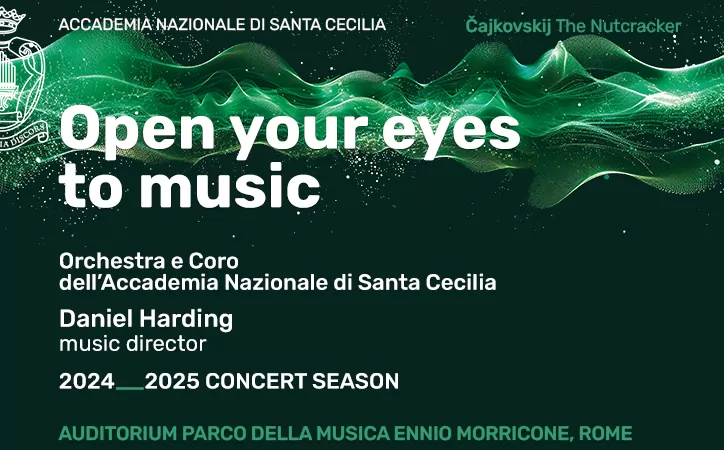Simple restaurants are often the best
For centuries, Orvieto has been content to have tourists make brief visits, eat a meal, see the superb cathedral and then pass on to Siena, Florence and Rome.
Its trattorie and ristoranti have had two distinct clienteles. Most eating places in Orvieto provide meals for the locals, who want the same food they eat at home: simple, nourishing, tasty and traditional.
There is a warren of small eating houses dotted here and there in every part of Orvieto. They usually consist of only one room although some have gardens in the back and their decoration and table arrangements are simple. You place your knife and fork to one side when plates are removed and reuse them for the next dish.
These places are not expensive but they are welcoming to the occasional stranger who wanders in. They are often run by a husband and wife the one waiter is either a son, a nephew or a local lad. Their menu consists of a hearty plate of bruschetta or charcuterie; there are two thick soups and a brodo; usually four or five pasta dishes with easy sauces. Then there is grilled, roasted or stewed game or pork; potatoes and a green vegetable; two salads, one green and the other mixed; and a couple of desserts, one probably made by the wife of the owner and the others from the supermarket or gelateria nearby. A bowl of fresh fruit is always on hand. The wine is local stuff on tap, or cheap bottles from the family cellar, and water. Bread is on the table, as is Umbrian olive oil, vinegar and, sometimes, toothpicks and chili. Parmesan cheese is available on request but is usually offered with pasta. The menu seldom if ever varies and each eating house serves pretty much the same. The quality is reliable and a little stodgy.
Workers from nearby construction sites, professionals, bachelors, widowers and occasional shoppers who dont choose to return home for the midday meal eat here. An antipasto, a carafe of wine, a glass of water, a bowl of pasta, a salad and a coffee leaves the client content.
In the evening, local families come in when they have friends or relations visiting, or if they just feel like eating out. The meal becomes more elaborate meat and vegetables are ordered and some take a dessert but the menu covers all these contingencies without strain. The bill comes on a piece of paper, hand written, and rarely is a tip paid.
Then there are the more sophisticated ristoranti. Here, the menu is more elaborate and this is where the tourists and the out-of-town visitors, forestieri, eat when they visit. There may be some seasonal variations in the starters for example broad bean paste with herbs in the early spring; asparagus sauce for the pasta in early summer; strawberries with cream in summer; baby lamb around Easter but essentially the menu is very similar to that of the small trattorie. The meat dishes concentrate more on game rabbit, wild boar, pigeon and the pasta list usually includes papardelle (wide, home-made pasta) with hare sauce. As Orvieto is in the heart of the Umbrian truffle region, there will also be tartufo with pasta and on crostini.
The desserts are more elaborate and many are made on the premises; they include tarts, local specialties such as ricotta pies, zuppa inglese (the Italian trifle), seasonal fruits and local cheeses. The wine lists are long and often very expensive. Umbrian wines generally dominate, but there are quite a lot of Tuscan Chiantis and a few more remote vintages, but seldom from outside Italy.
These more expensive restaurants have several waiters and elegant interiors, and you should never place your knife and fork to one side when the waiter removes your plate; fresh utensils come with each dish. A cover charge is incorporated on the carefully itemised bill, a service charge is often added, and IVA tax is also charged. Tips can be generous and while they are not solicited, they are not discouraged. Local families book tables when they have something to celebrate, and can take over the restaurant when there is a wedding or first communion. On 8 March (Womens Day) women fill the restaurants to celebrate, while husbands stay home, eat pizza and look after the children.
But haute cuisine is coming to Orvieto. There is a growing enthusiasm among the entrepreneurs here to attract tourists of the money-spending variety. Now some of the restaurants try to attract foreign clients by becoming more sophisticated, going upmarket and changing their formerly reliable menus. There is a huge cultural difference between the expectations of Italians and Anglo-Saxons when eating out. Anglo-Saxons expect a restaurant to serve food that is different from what they usually cook at home.
Beware of adventurous menus in a country where Italians do best what Italians have always done best. Fusion cooking is the curse of fashionable restaurants these days. Many of the new dishes are parodies of the descriptions on the menu. It is disappointing to order something only to be served with a muddle that falls far short of the professionalism of a good restaurant. Ice cream flavoured with cods roe comes to mind. An honest plate of pasta and a salad is preferable any day to a failed fantasy cobbled together, inexpertly cooked, served with a flourish and followed by an extravagant bill.

















